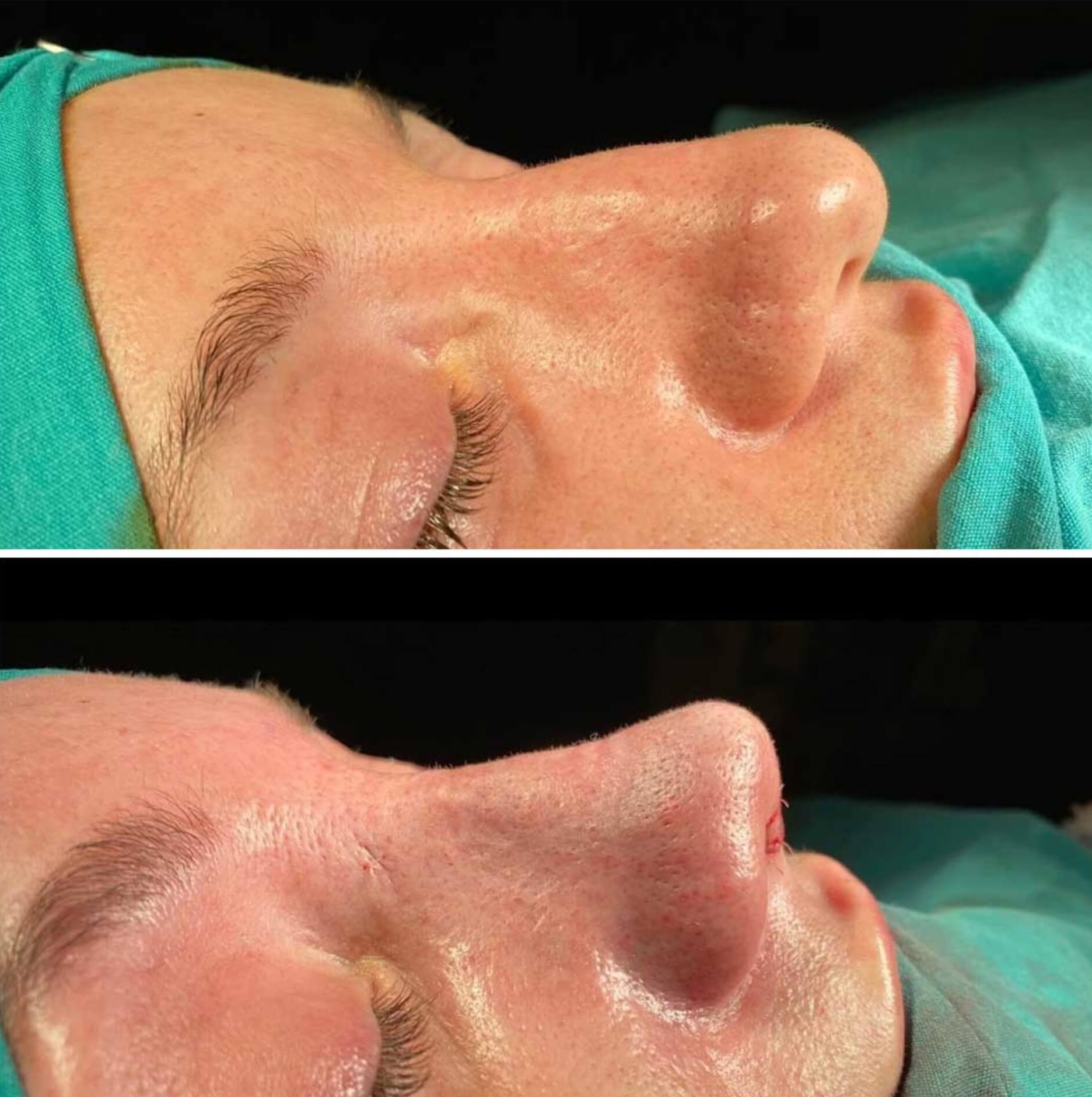Nose reshaping, also known as rhinoplasty, is a cosmetic surgical procedure that involves altering the size, shape, or proportion of the nose to improve its appearance or function.
The procedure can address a variety of concerns, such as a large or small nose, a crooked nose, or a bump or depression on the nasal bridge. In addition to its cosmetic benefits, nose reshaping can also improve breathing difficulties caused by structural issues in the nose.
The surgical process of nose reshaping, or rhinoplasty, typically involves making incisions inside the nostrils or on the skin between the nostrils.
Through these incisions, the surgeon can access the underlying bone and cartilage, which can then be reshaped or repositioned to achieve the desired results.
In some cases, additional tissue may be added to augment the nose's structure.
Once the alterations have been made, the incisions are closed with sutures, and a splint may be applied to help support the nose as it heals.
When consulting with a surgeon, it is important to disclose your lifestyle habits, as well as any medications, vitamins, or supplements you are taking. This information can impact your treatment and potentially extend your recovery time.
After a nose reshaping surgery, patients can expect some swelling, bruising, and discomfort, which can be managed with pain medication and cold compresses.
It is recommended to avoid strenuous activities and to rest with the head elevated for the first week. The splint and any sutures are typically removed within a week or two after surgery.
Patients may experience some residual swelling and bruising for several weeks after the procedure, but most can return to work or school within 7-10 days.
It is important to follow the surgeon's post-operative instructions carefully to ensure proper healing and minimize the risk of complications.
After receiving the treatment, it's possible to experience swelling and numbness along the incision line, but these typically diminish within one to two weeks. While complications are rare, they can include excessive bleeding, infections, and loss of sensation along the incision lines.
- New Me Health

